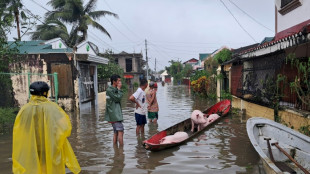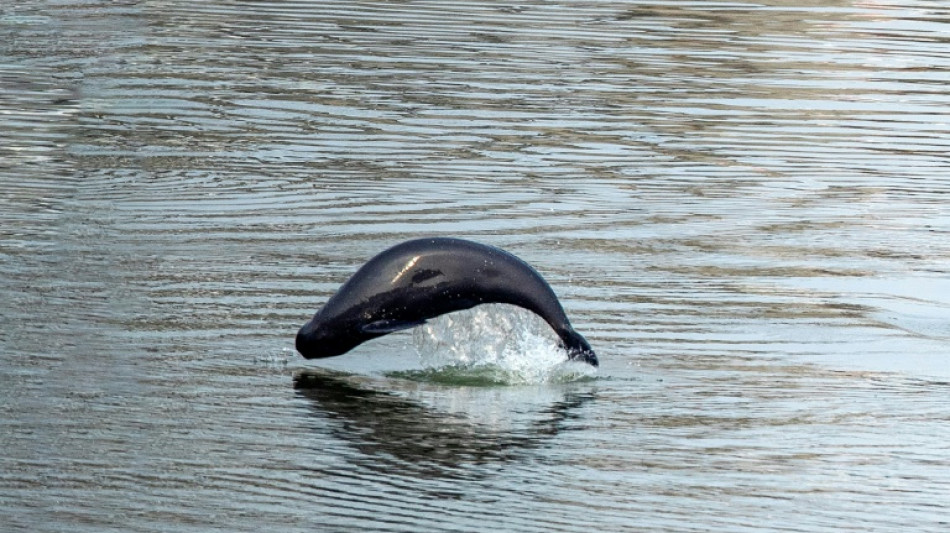
-
 Taylor sparks Colts to Berlin win as Pats streak hits seven
Taylor sparks Colts to Berlin win as Pats streak hits seven
-
Dreyer, Pellegrino lift San Diego to 4-0 MLS Cup playoff win over Portland

-
 Indonesia names late dictator Suharto a national hero
Indonesia names late dictator Suharto a national hero
-
Fourth New Zealand-West Indies T20 washed out
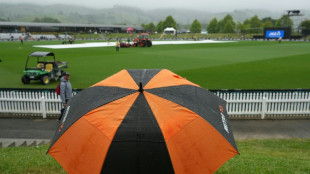
-
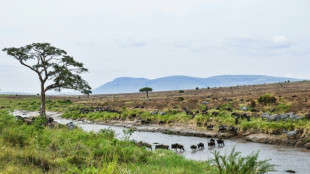 Tanzania Maasai fear VW 'greenwashing' carbon credit scheme
Tanzania Maasai fear VW 'greenwashing' carbon credit scheme
-
Chinese businesswoman faces jail after huge UK crypto seizure

-
 Markets boosted by hopes for deal to end US shutdown
Markets boosted by hopes for deal to end US shutdown
-
Amazon poised to host toughest climate talks in years
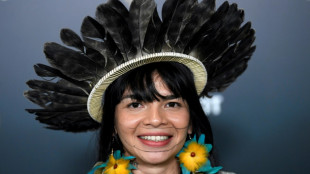
-
 Ex-jihadist Syrian president due at White House for landmark talks
Ex-jihadist Syrian president due at White House for landmark talks
-
Saudi belly dancers break taboos behind closed doors

-
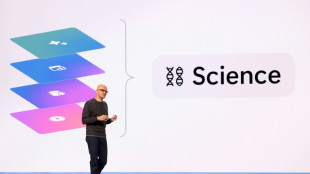 The AI revolution has a power problem
The AI revolution has a power problem
-
Big lips and botox: In Trump's world, fashion and makeup get political

-
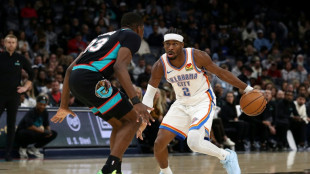 NBA champion Thunder rally to down Grizzlies
NBA champion Thunder rally to down Grizzlies
-
US senators reach deal that could end record shutdown
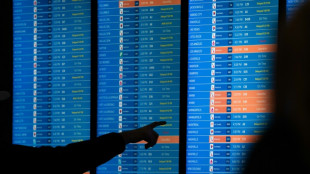
-
 Weakening Typhoon Fung-wong exits Philippines after displacing 1.4 million
Weakening Typhoon Fung-wong exits Philippines after displacing 1.4 million
-
Lenny Wilkens, Basketball Hall of Famer as player and coach, dies
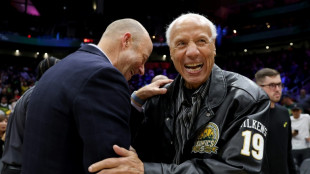
-
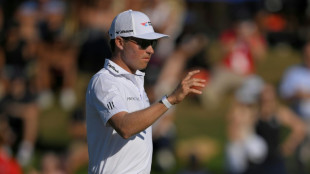 Griffin wins PGA Mexico title for third victory of the year
Griffin wins PGA Mexico title for third victory of the year
-
NFL makes successful return to Berlin, 35 years on

-
 Lewandowski hat-trick helps Barca punish Real Madrid slip
Lewandowski hat-trick helps Barca punish Real Madrid slip
-
George warns England against being overawed by the All Blacks
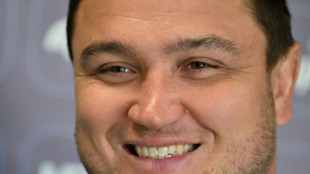
-
 Lewandowski treble helps Barca beat Celta, cut gap on Real Madrid
Lewandowski treble helps Barca beat Celta, cut gap on Real Madrid
-
Neves late show sends PSG top of Ligue 1, Strasbourg down Lille

-
 Inter go top of Serie A after Napoli slip-up
Inter go top of Serie A after Napoli slip-up
-
Bezos's Blue Origin postpones rocket launch over weather
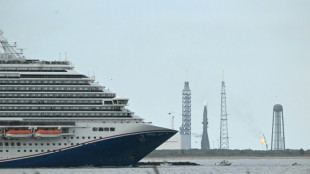
-
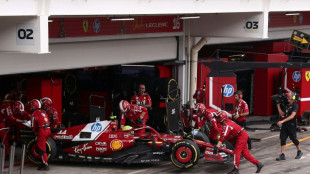 Hamilton upbeat despite 'nightmare' at Ferrari
Hamilton upbeat despite 'nightmare' at Ferrari
-
Taylor sparks Colts to Berlin win, Pats win streak hits seven

-
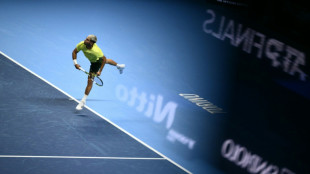 Alcaraz and Zverev make winning starts at ATP Finals
Alcaraz and Zverev make winning starts at ATP Finals
-
Protests suspend opening of Nigeria heritage museum

-
 Undav brace sends Stuttgart fourth, Frankfurt win late in Bundesliga
Undav brace sends Stuttgart fourth, Frankfurt win late in Bundesliga
-
Roma capitalise on Napoli slip-up to claim Serie A lead

-
 Liverpool up for the fight despite Man City masterclass, says Van Dijk
Liverpool up for the fight despite Man City masterclass, says Van Dijk
-
Two MLB pitchers indicted on manipulating bets on pitches
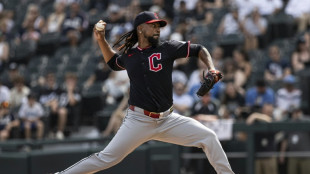
-
 Wales rugby captain Morgan set to be sidelined by shoulder injury
Wales rugby captain Morgan set to be sidelined by shoulder injury
-
After storming Sao Paulo podium, 'proud' Verstappen aims to keep fighting
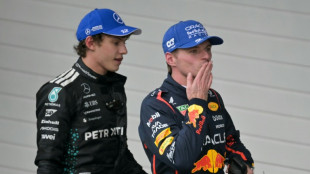
-
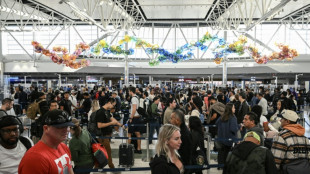 US flights could 'slow to a trickle' as shutdown bites: transport secretary
US flights could 'slow to a trickle' as shutdown bites: transport secretary
-
Celtic close on stumbling Scottish leaders Hearts

-
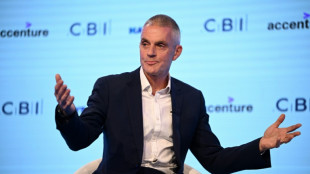 BBC chief resigns after row over Trump documentary
BBC chief resigns after row over Trump documentary
-
Norris extends title lead in Sao Paulo, Verstappen third from pit-lane
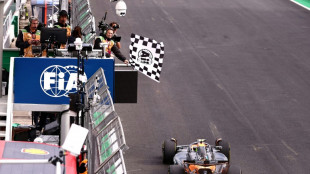
-
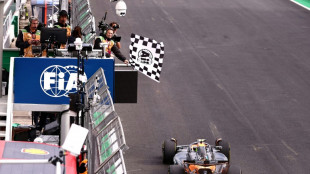 Norris wins in Sao Paulo to extend title lead over Piastri
Norris wins in Sao Paulo to extend title lead over Piastri
-
Man City rout Liverpool to mark Guardiola milestone, Forest boost survival bid

-
 Man City crush Liverpool to mark Guardiola's 1,000 match
Man City crush Liverpool to mark Guardiola's 1,000 match
-
Emegha fires Strasbourg past Lille in Ligue 1

-
 Howe takes blame for Newcastle's travel sickness
Howe takes blame for Newcastle's travel sickness
-
Pumas maul Wales as Tandy's first game in charge ends in defeat
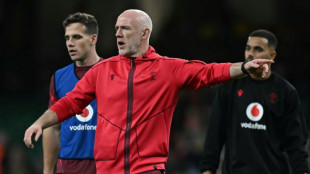
-
 'Predator: Badlands' conquers N. American box office
'Predator: Badlands' conquers N. American box office
-
Liga leaders Real Madrid drop points in Rayo draw

-
 'Killed on sight': Sudanese fleeing El-Fasher recall ethnic attacks
'Killed on sight': Sudanese fleeing El-Fasher recall ethnic attacks
-
Forest boost survival bid, Man City set for crucial Liverpool clash

-
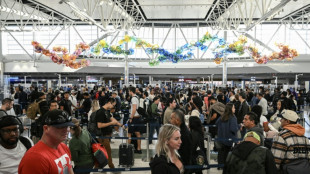 US air travel could 'slow to a trickle' as shutdown bites: transport secretary
US air travel could 'slow to a trickle' as shutdown bites: transport secretary
-
Alcaraz makes winning start to ATP Finals
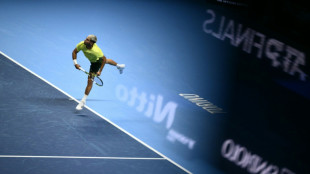

New research shows porpoises not harmed by offshore windfarms
Researchers in Scotland have developed a tool to help ensure porpoises are not being harmed by the construction of offshore wind farms, which are crucial for scaling up renewable energy globally.
The pile driving required to build offshore turbines can harm or even kill noise-sensitive marine mammals like porpoises, sparking concern among environmentalists.
To move them away from the construction sites, acoustic deterrents (ADDs) are often installed underwater: delivering sound at specific frequencies and volumes that temporarily drive the porpoises away.
These devices have been used for years, but it was hard to precisely track how far the porpoises were travelling, and for how long. Without knowing this, no one could be sure if the animals were avoiding harm.
But researchers have improved the technology to track the marine mammals, confirming in fact that they were avoiding injury caused by noise from the turbine building site in the study area.
"It's the first time that we've been able to directly show that the porpoises are swimming directly away from the ADDs... which is what we want," lead author Isla Graham of the University of Aberdeen told AFP.
The findings, published Wednesday in the Royal Society journal, help to assuage fears that building offshore wind farms harm nearby cetaceans, by ensuring that ADDs actually work.
Offshore wind farms are crucial for the green energy transition to limit global warming to 1.5 degrees Celsius, and have the potential to generate massive amounts of energy compared to onshore projects.
"There are obvious climate benefits to the expansion of renewable energy. But that needs to be balanced with the potential impacts that it could have -- negative impacts, positive impacts too," Graham said.
In 2021, of the total wind capacity installed globally, 93 percent was onshore, with the remaining offshore, according to the International Energy Agency.
- 'Seal scarers' -
ADDs, colloquially known as "seal scarers", were initialy designed to keep seals away from fish farms and agricultural sites.
They are commonly deployed during the construction of offshore wind farms, to clear the surrounding site of sound-sensitive animals like porpoises whose hearing can be harmed by noisy pile-driving.
Hearing is very important for porpoises' communication, social interaction and foraging.
Graham said tracking animals driven away by ADD devices can be hard, since it's tough to see animals in the water, especially at night.
But the new tool developed by her team allows for more accurate tracking in real time, using seven underwater sound recorders about a kilometre apart, called a hydrophone cluster, to listen to the porpoises.
The study, conducted in 2019 near the Moray East offshore wind farm in the North Sea off the Scottish Coast, found that about half of the porpoises moved up to 7.5 kilometres (five miles) from the site during the piling.
Graham says the tool could be deployed to other sites where sound-sensitive animals, like bottlenose dolphins, are present.
"As those new tools are developed, our hydrophone cluster could be used again, to look at efficacy of those, depending on on the species," Graham said.
D.Cunningha--AMWN

